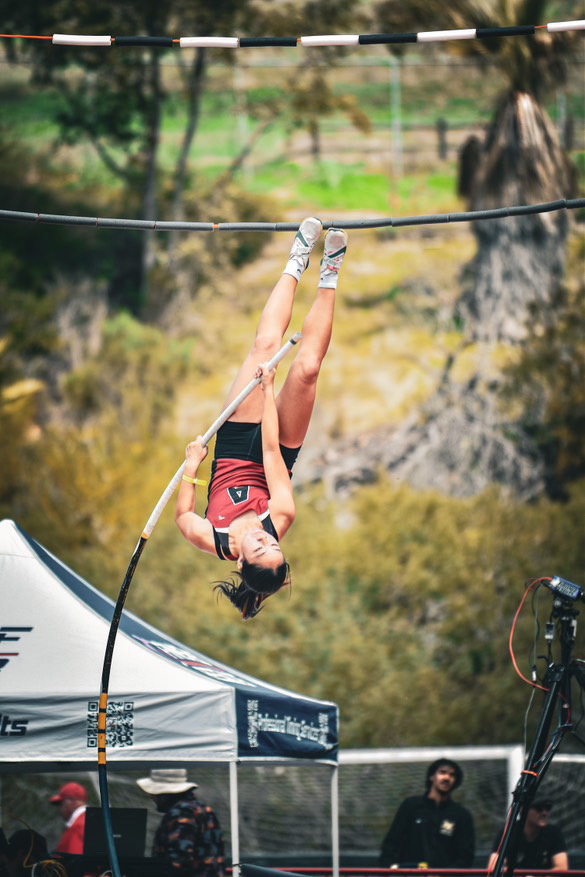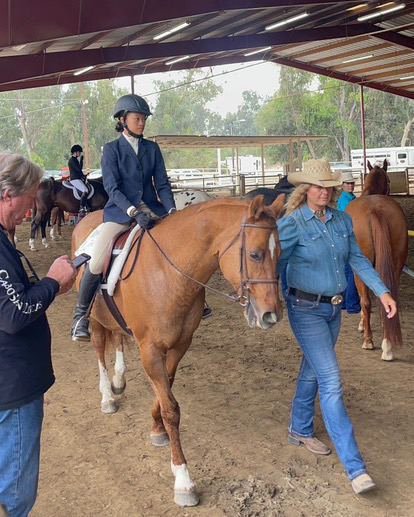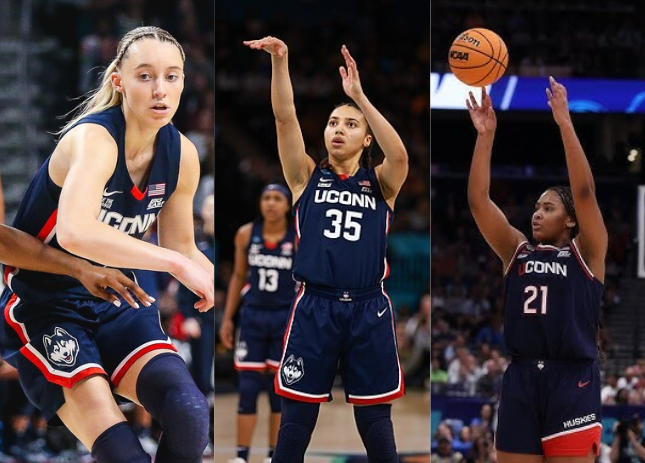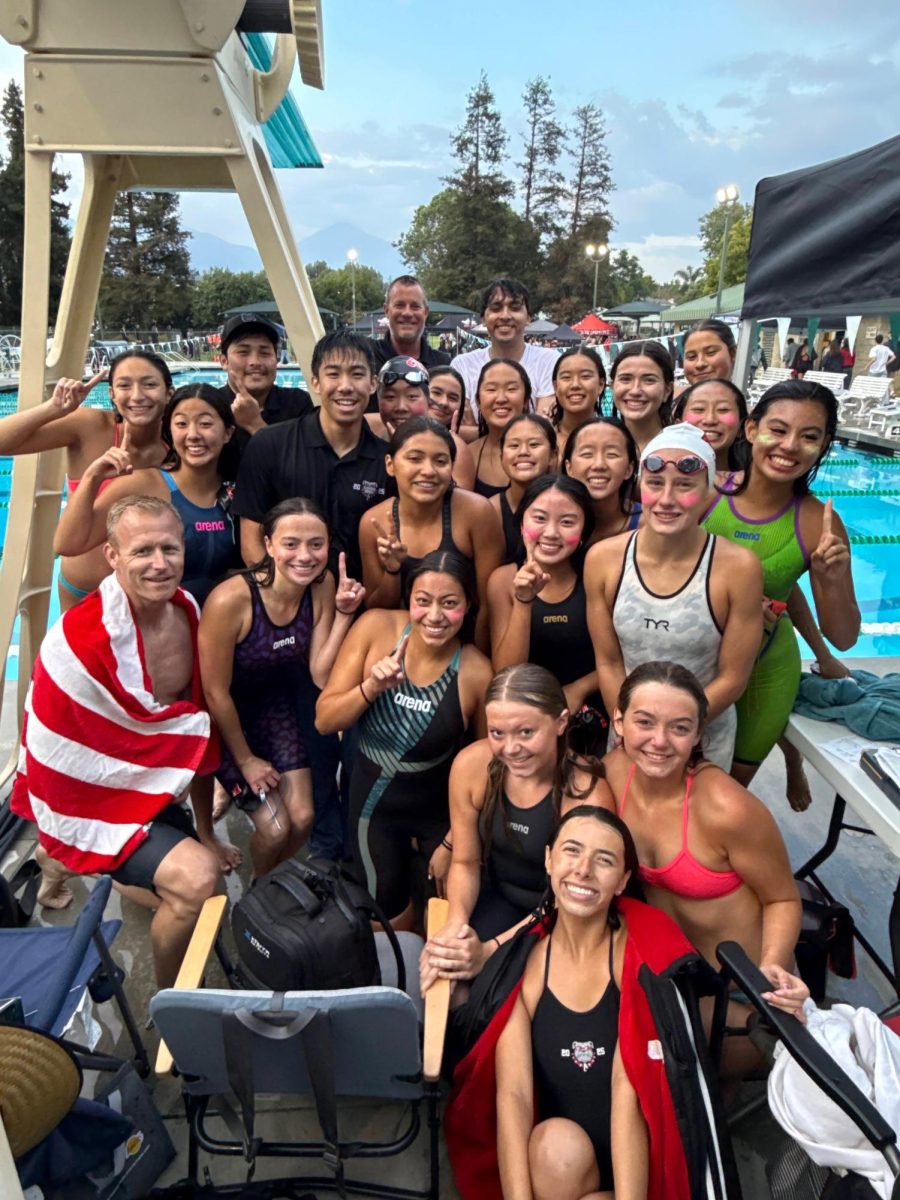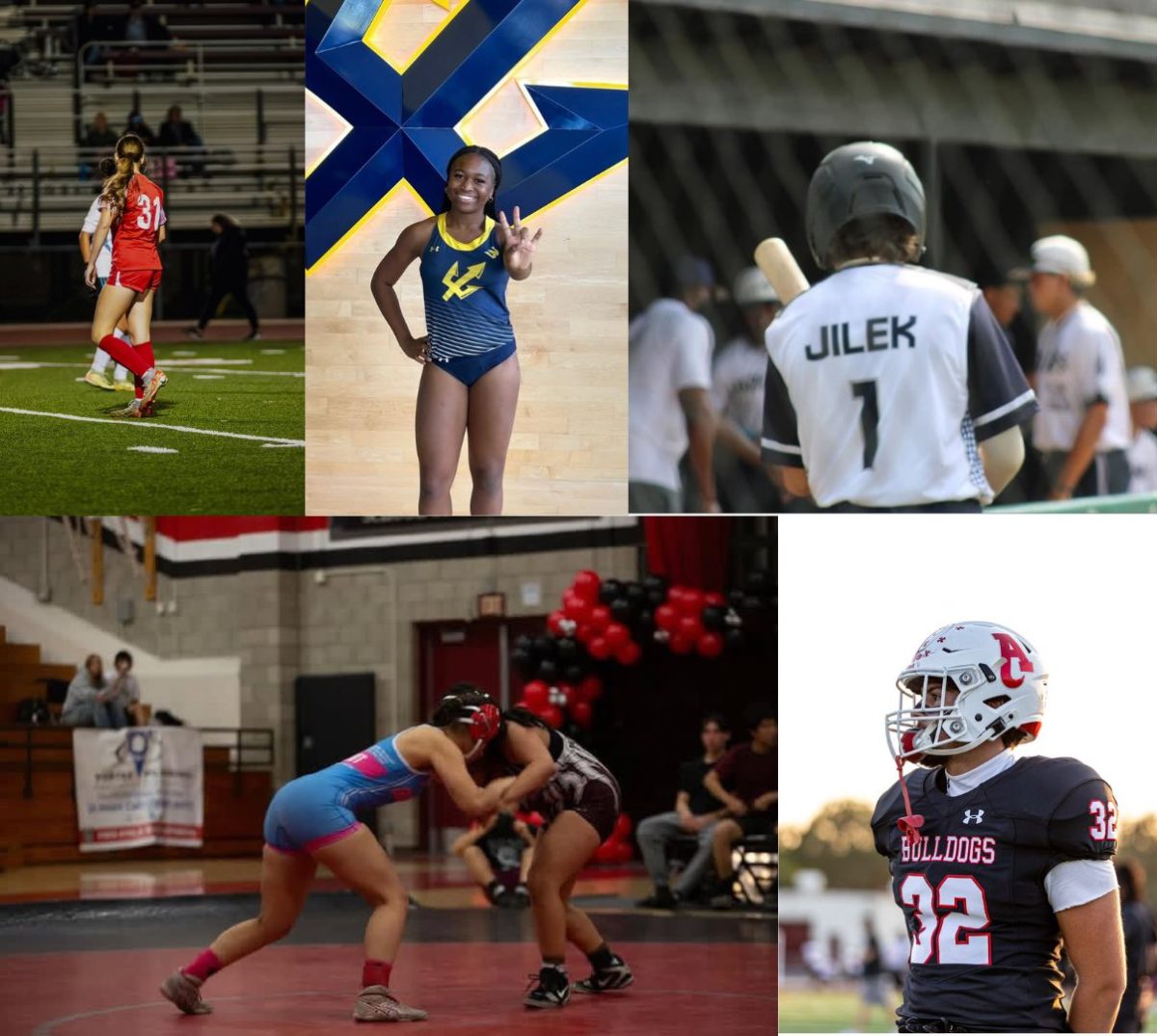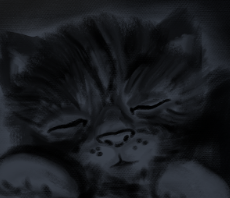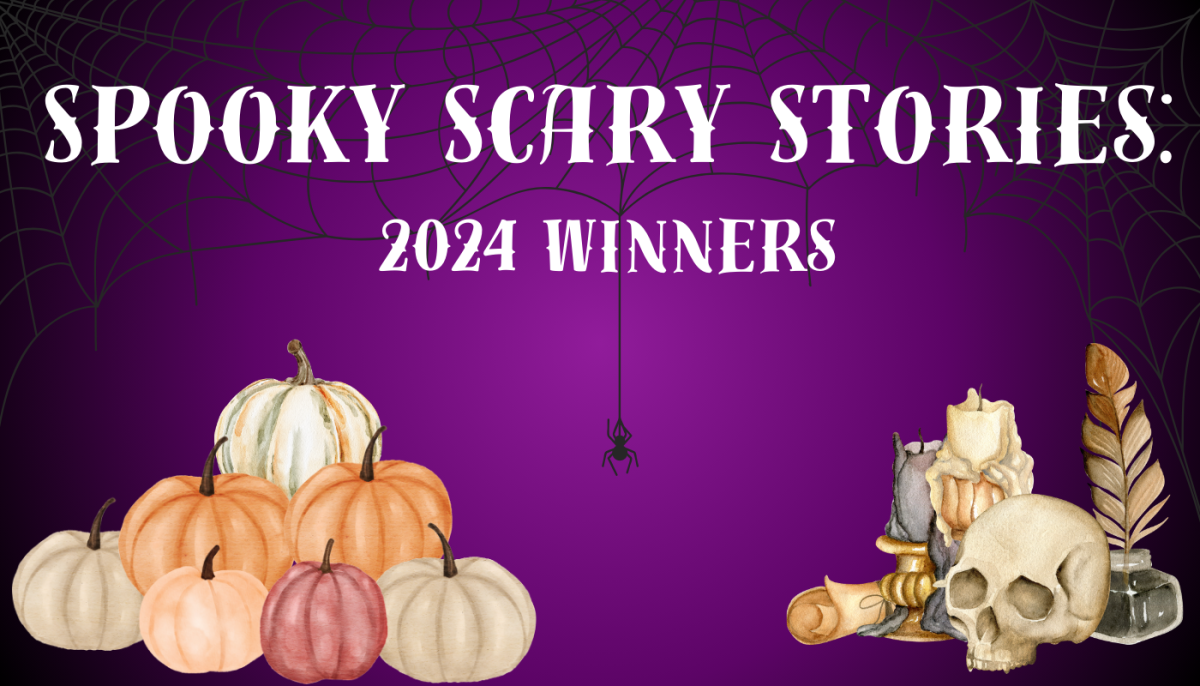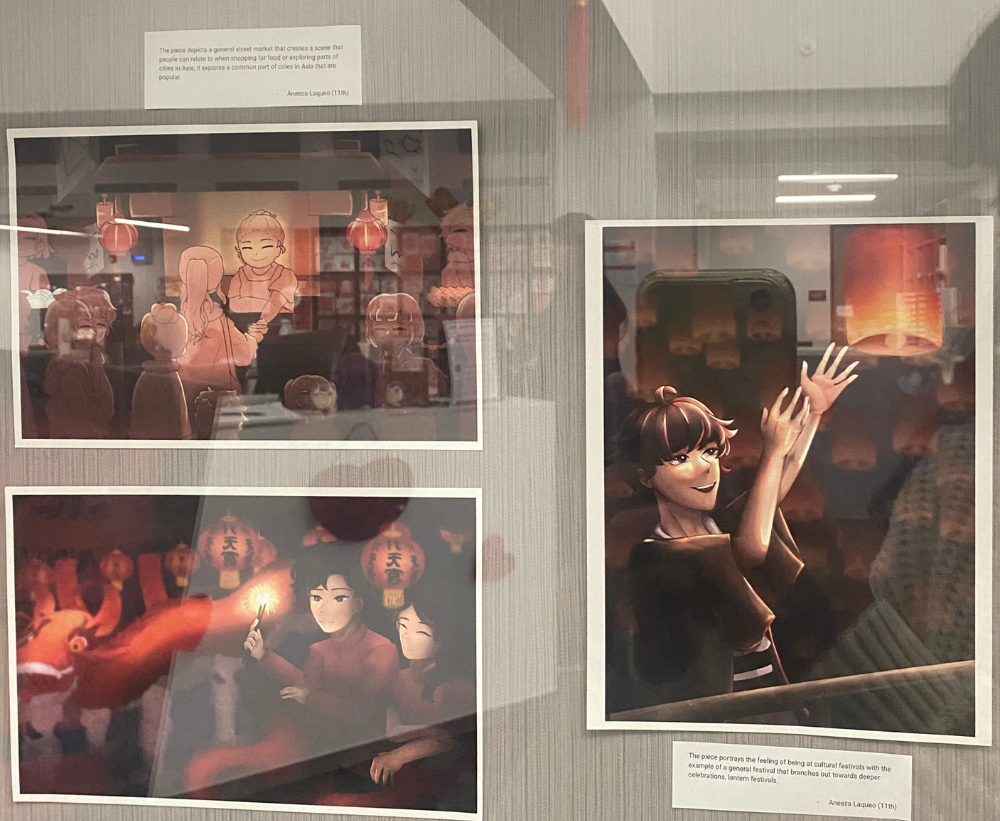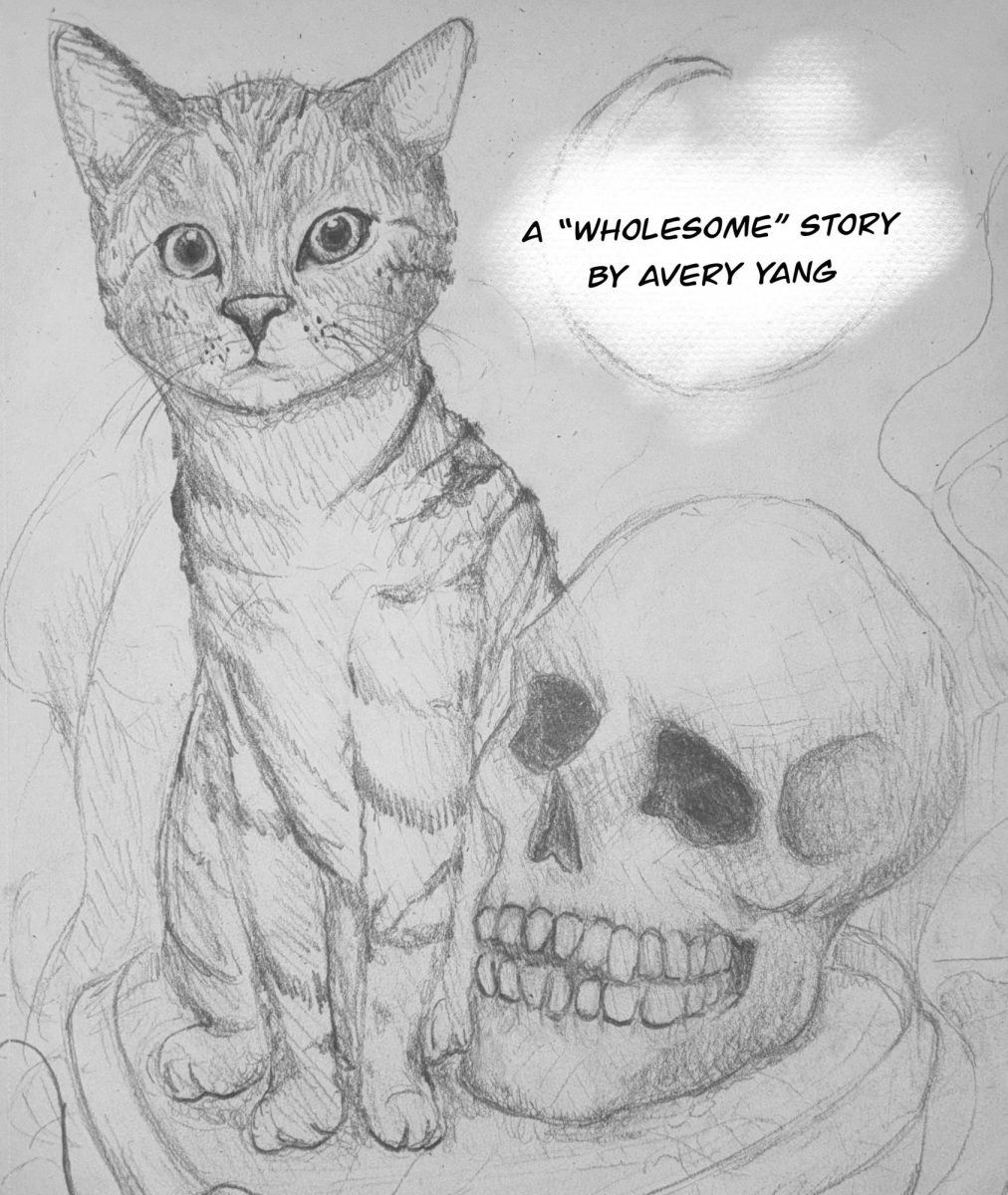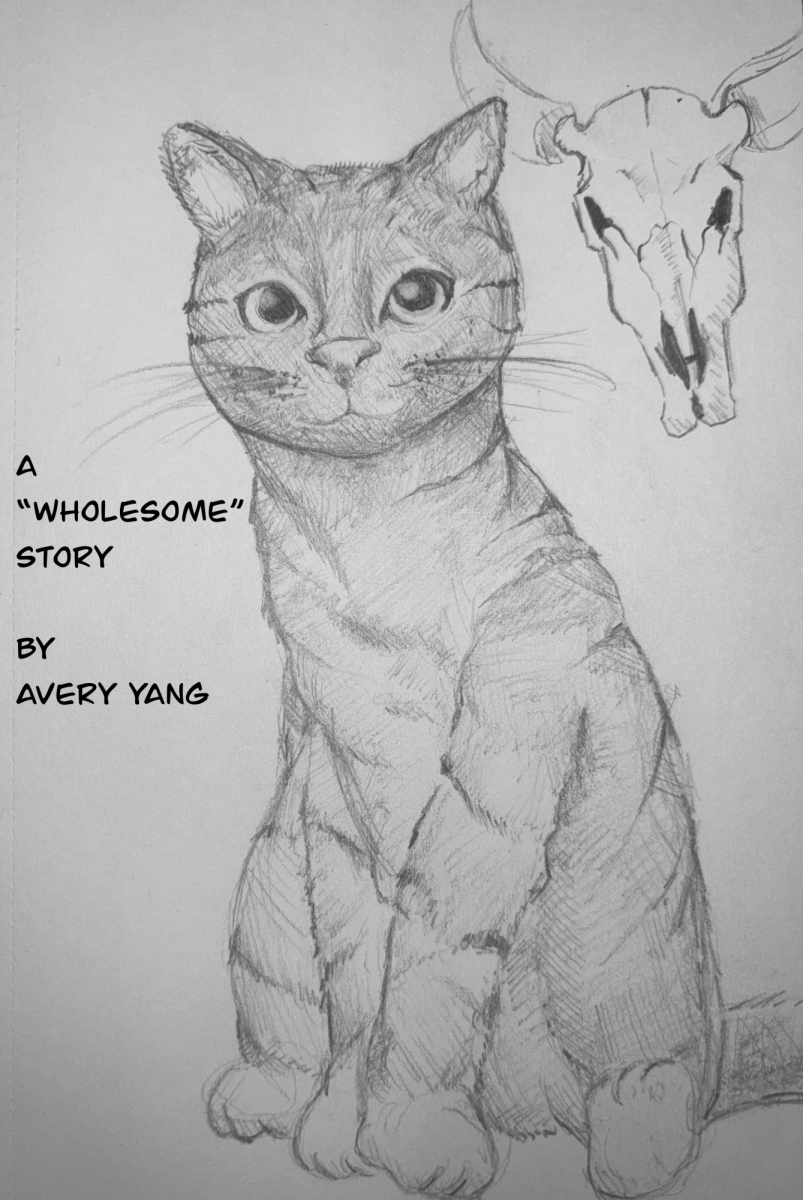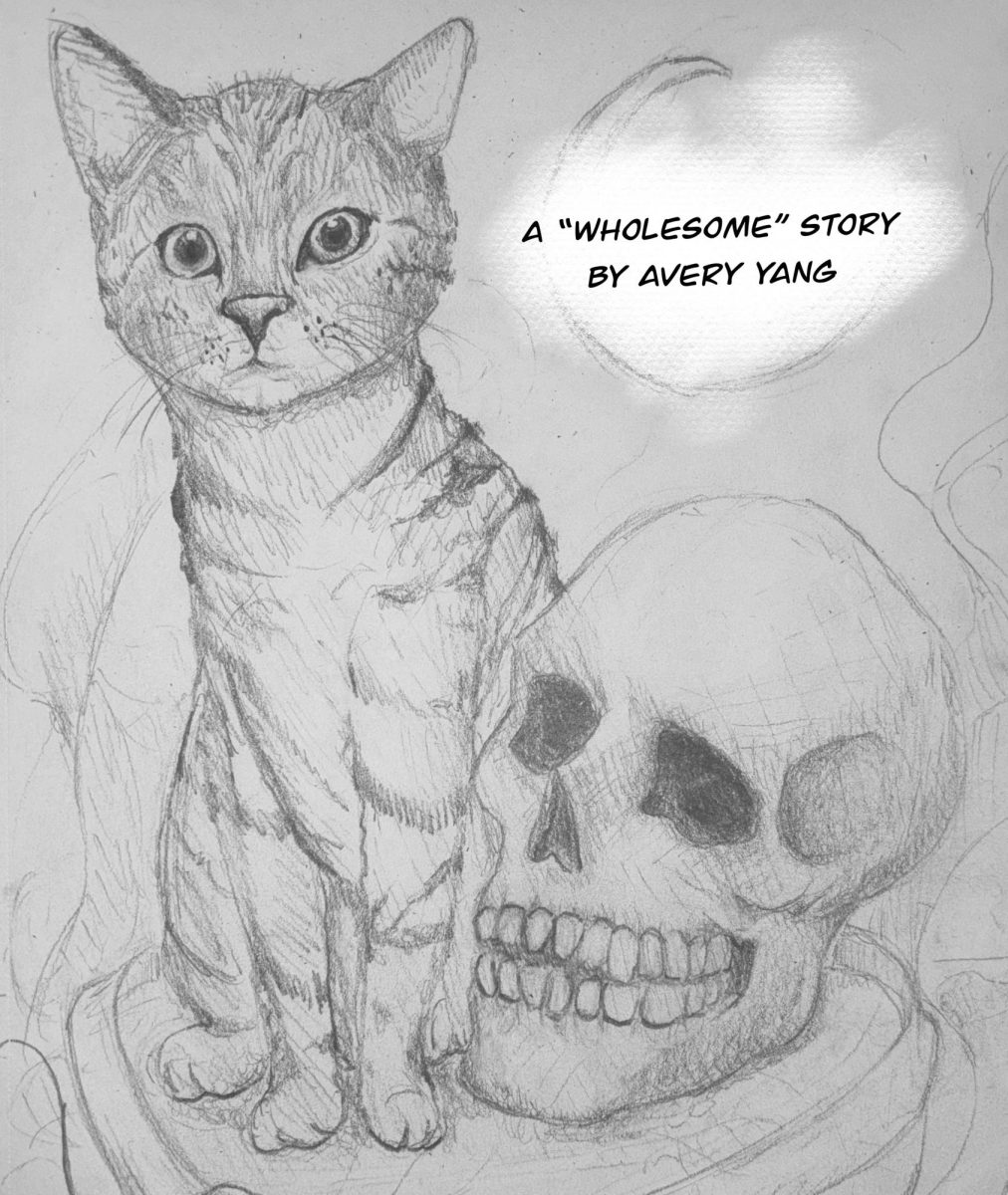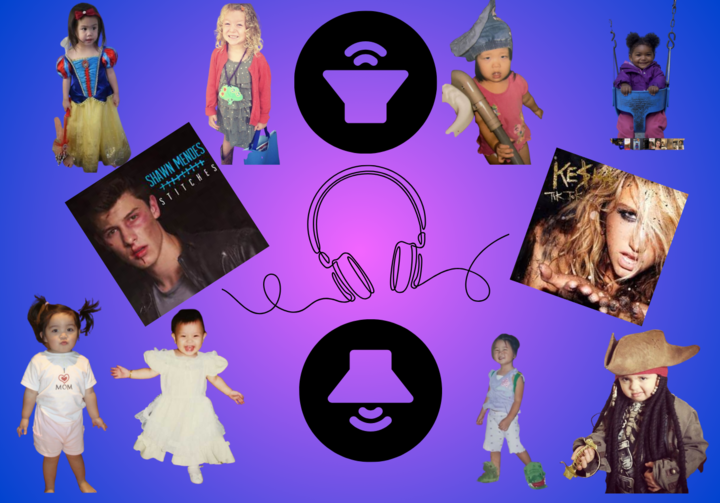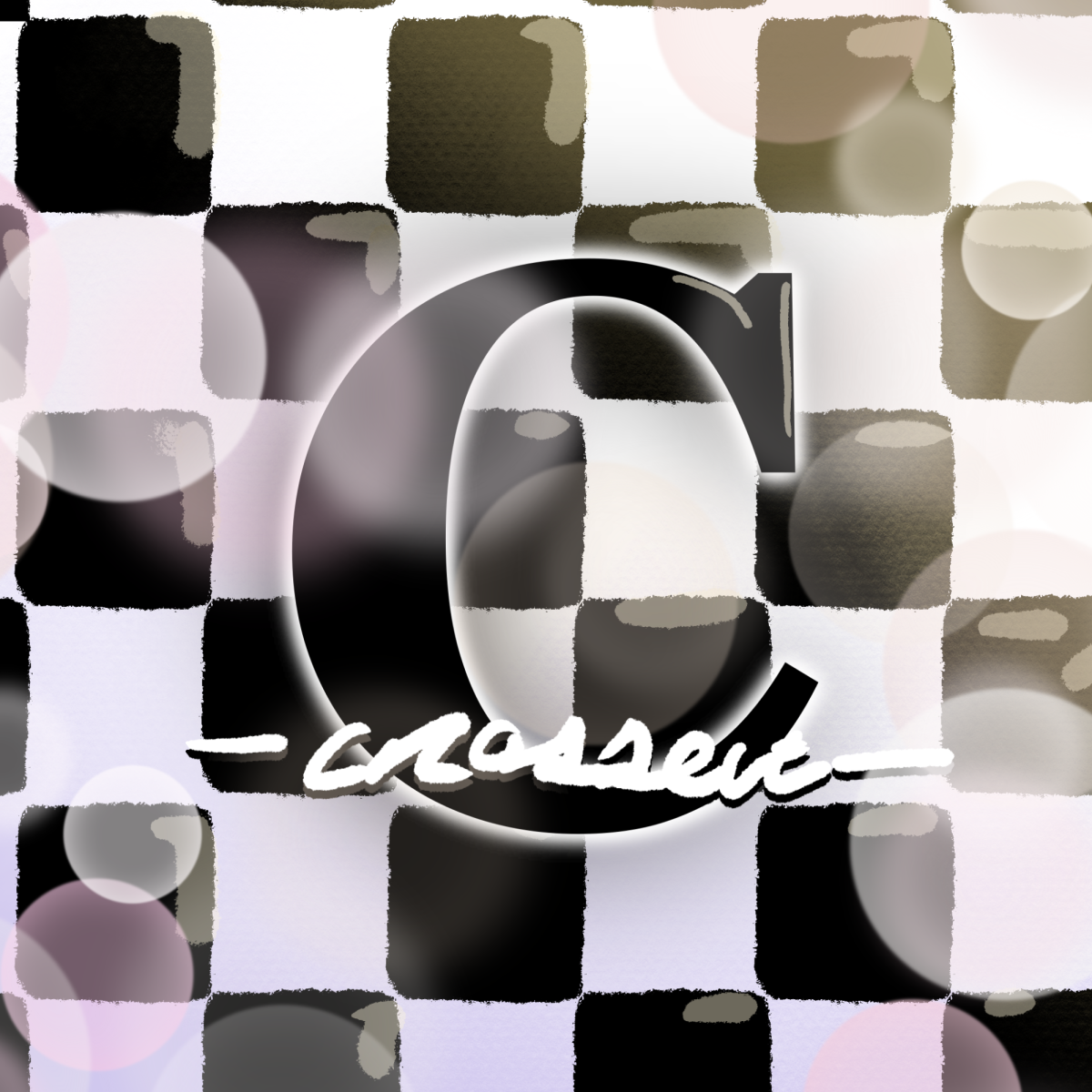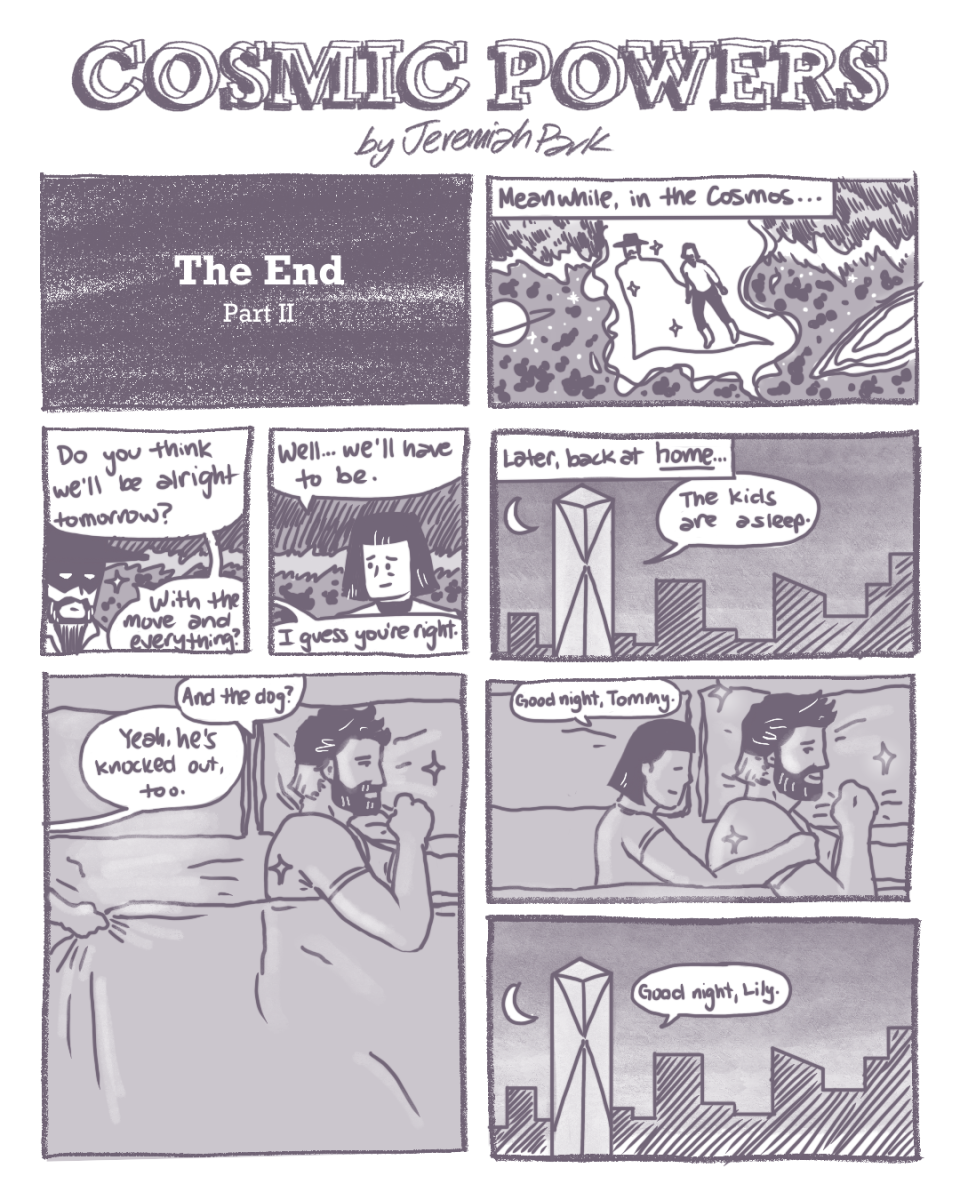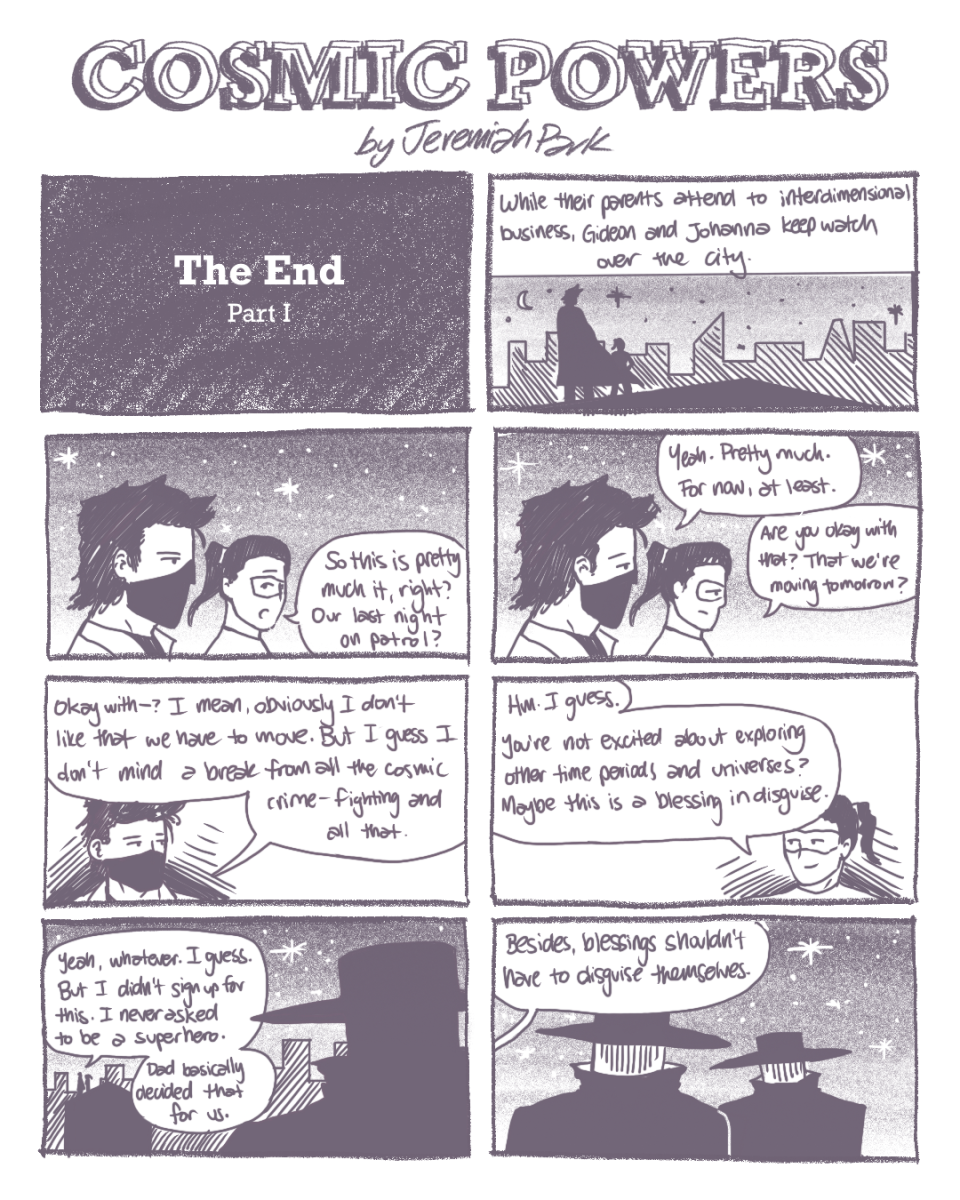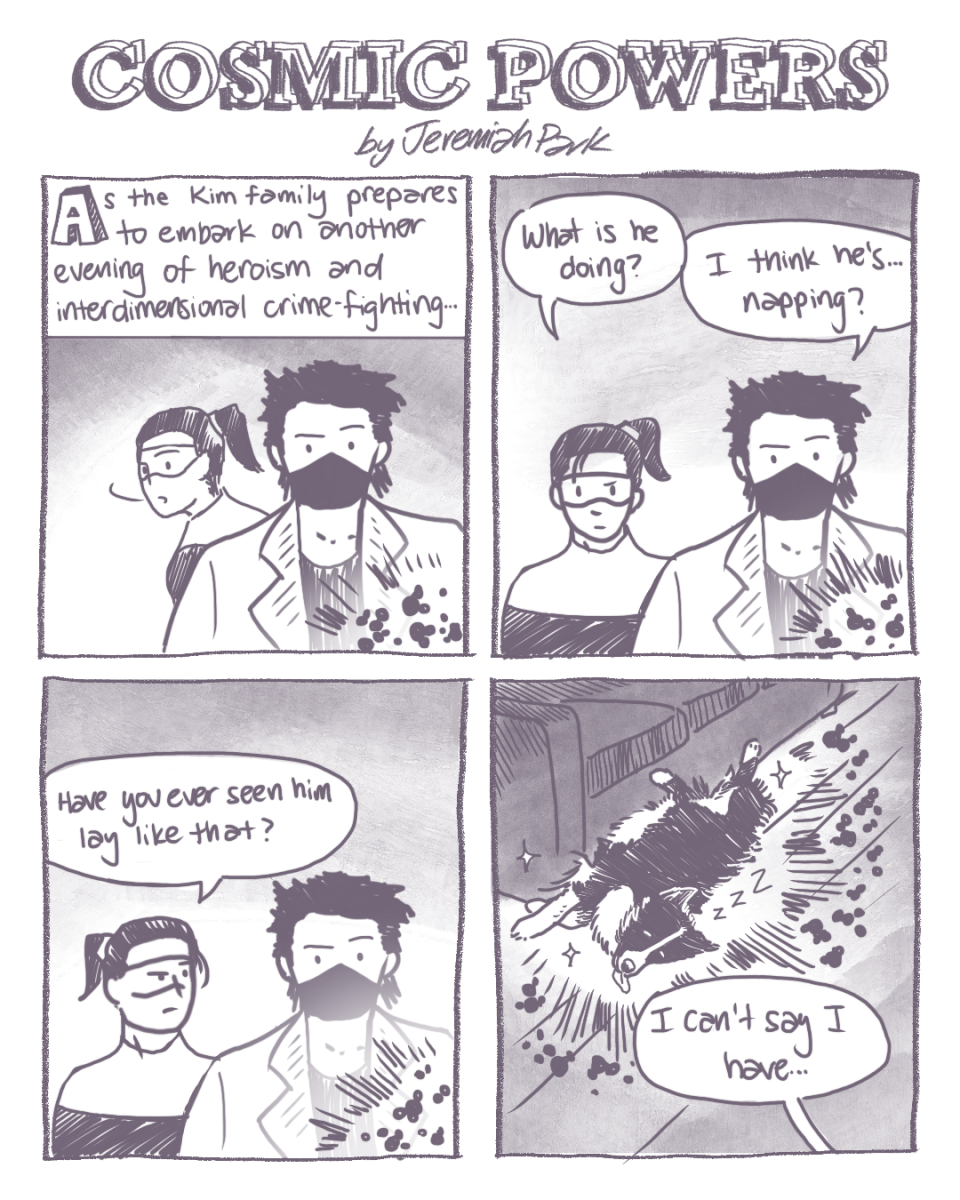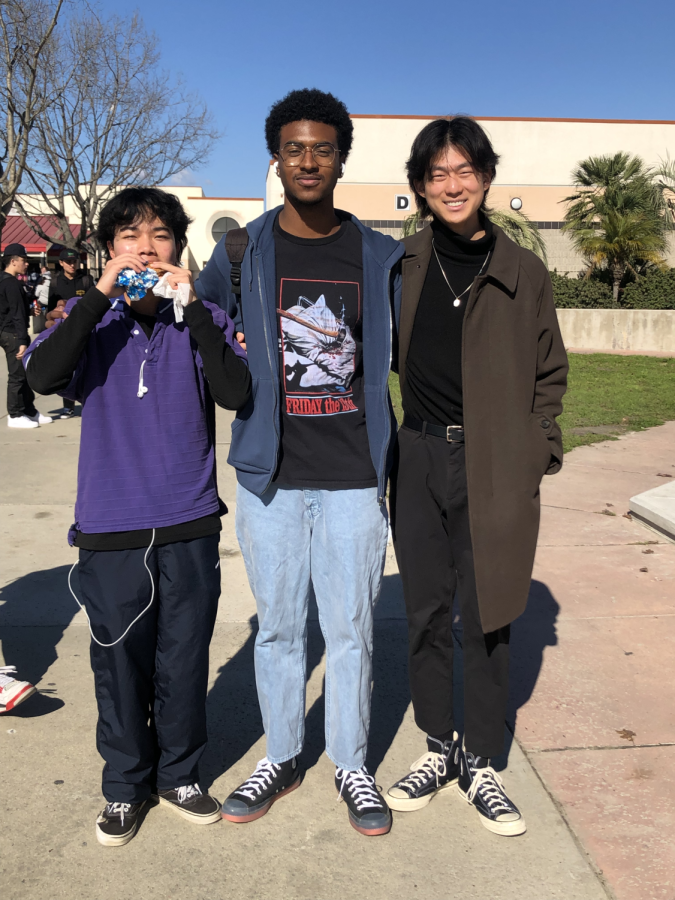The pros and cons of internet-curated aesthetics
From left to right: Samedi Ly (11), Cassius Webster (12), Steven Huang (12). Ly’s and Webster’s style prioritize comfort and practicality, so they often wear baggy clothes and like to go for a “homeless” feel. Huang’s outfits are very clean and minimal with crisp layering to give off a put together look.
January 30, 2023
All over social media, you see some new trending style pop up every other month with the suffix “-core” attached to it, e.g. gorpcore, fairycore, balletcore, and the list just goes on and on. It’s hard to keep up with all these niche styles or aesthetics that are everywhere and keep being replaced over and over by a hot new fad as the hype for one aesthetic dies down.
Once a trend has become oversaturated and washed out, it no longer satisfies people searching for a label to attach themselves to and loses its appeal. Aesthetics are really obscure and underground, so the people who are in on it feel connected through an esoteric identity or like they’re a part of an elusive club. These communities of stylish individuals that primarily operate online can bring like-minded people together in a sense because they share something in common with each other in a “if you know, you know” kind of way. This can be good for finding people who you share similarities with or if you are searching for your own identity and mode of self-expression. A lot of young people and teenagers are especially drawn to aesthetics for this reason.
“Some people, they don’t know where to start so they just look online, see a few inspirations, boom. They search it up, ‘Oh, I like that,’ then they go into it and then once they’re comfortable in that, they want to explore more. So they reach out and see what people are into,” said Samedi Ly (11).
Although this initial craze can be a positive thing that brings people together, it can end almost as quickly as it started after it loses novelty. Staple pieces of specific aesthetics will seep into everyone’s closet and become too mainstream for it to be considered interesting or cool. What ends up happening is people follow the latest trends without developing their own individual sense of style. In an effort to make themselves stand out, they inadvertently all become the same with no unique quirks in the way they express themselves.
“A lot of these people these days are clones of each other. You know, I just say wear what you want to wear. Don’t try to follow the aesthetics and stuff. Just be comfortable. Do what you want to do,” said Cassius Webster (12).
There can certainly be a remedy to this problem, as aesthetics provide a good starting point to find what works best for you. Exploring your style should entail lots of trial and error, and aesthetics are perfect to build off of over time to get to a point where you feel like your clothes really represent who you are.
“I think they’re good categories for you to base specific pieces off of, but I think it really matters when you combine different categories together,” said Steven Huang (12). “These labels are maybe inspiration, but I don’t think you should confine yourself to these.”
Perhaps the biggest ramification of the ever-churning trend cycle is the rise of fast fashion brands that regurgitate trends from the runway at a rapid-fire pace. The exploited workers who work in unsafe conditions and are paid ludicrously low wages suffer the most at the hands of money-hungry corporations. On top of sweatshops and child labor, fast fashion is one of the leading industries responsible for the climate crisis due to immense net carbon emissions. It is a travesty that people will turn a blind eye to these atrocities and contribute to over-consumption despite the horrid effects of purchasing from these stores that have no regard for ethics or sustainability.
“I think fast fashion is definitely an issue. Social media portrays clothes as a really important aspect of how you look and I do think it is, but I think you should find two or three things you’re actually interested in, stick to those, don’t always buy new clothes every week,” said Huang. “Because once you get a good four to five pieces, you can base a lot of outfits off of that. You don’t always have to buy something new to make new outfits.”
Aesthetics can be fun and all if you take them with a grain of salt, but unfortunately there are a lot of downsides as well. The bad part of aesthetics is that it encourages people to buy a bunch of clothes just to throw them out in a short span of time to replenish their closets with whatever’s trending at that moment. People are in a way rebranding themselves or reinventing their identity when they abandon an aesthetic that has become outdated. As a result, they can never stick to one cohesive style for long and are constantly trend-hopping which feeds into the consumerist craze.
So, are aesthetics a bad thing overall? Are people who participate in aesthetics just latching onto arbitrary labels that hold no real meaning? Is it the consumers’ fault that they must buy fast fashion instead of well-made, quality clothes in order to stay up to date with trending aesthetics that will expire in the blink of an eye? Or is this all just collateral in the greater impending doom of society’s descent into the cesspool that is late-stage capitalism?
Who knows where the state of fashion will end up down the road. It could very well continue to pump out trend after trend until eventually even that tires out and the new thing will be trendlessness, and maybe then personal style and individual taste will be the norm. In the meantime, it appears that mermaidcore has become the newest aesthetic making its rounds on TikTok and gracing fashion magazines’ 2023 trend forecasts to kickstart the new year.

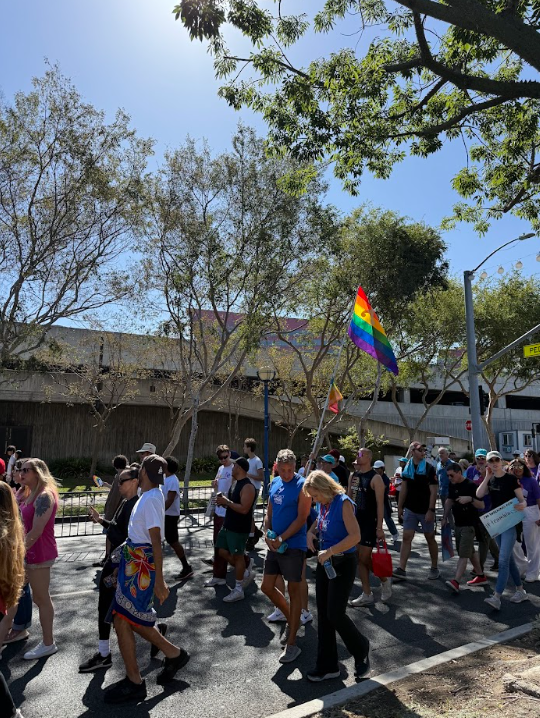

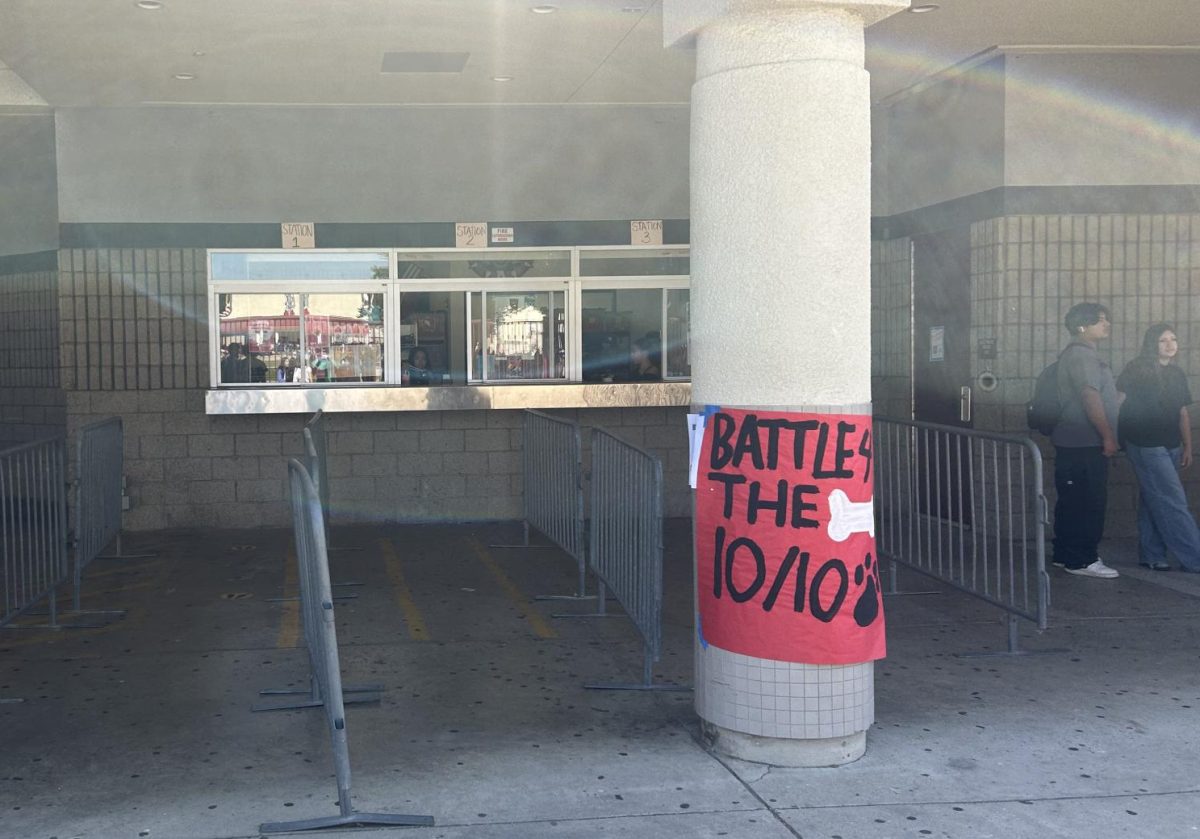




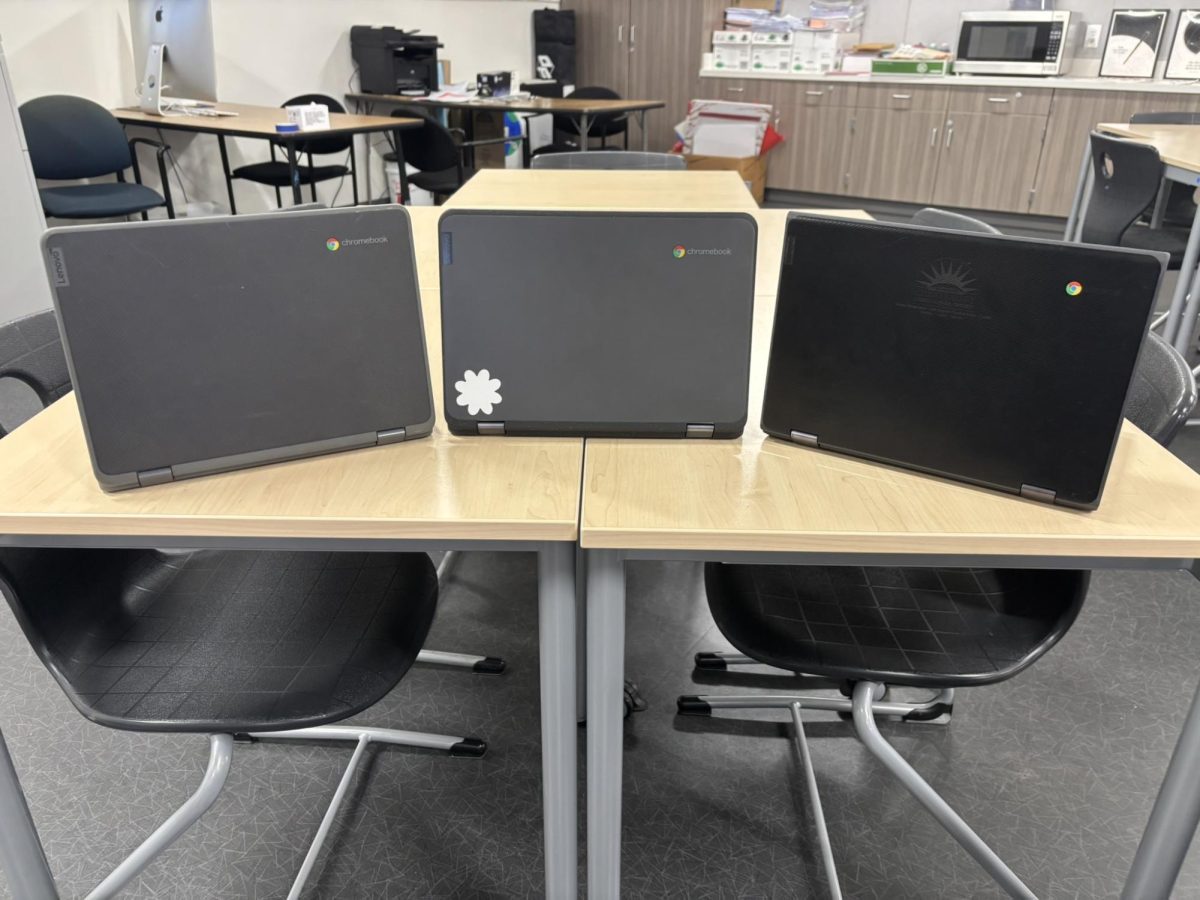

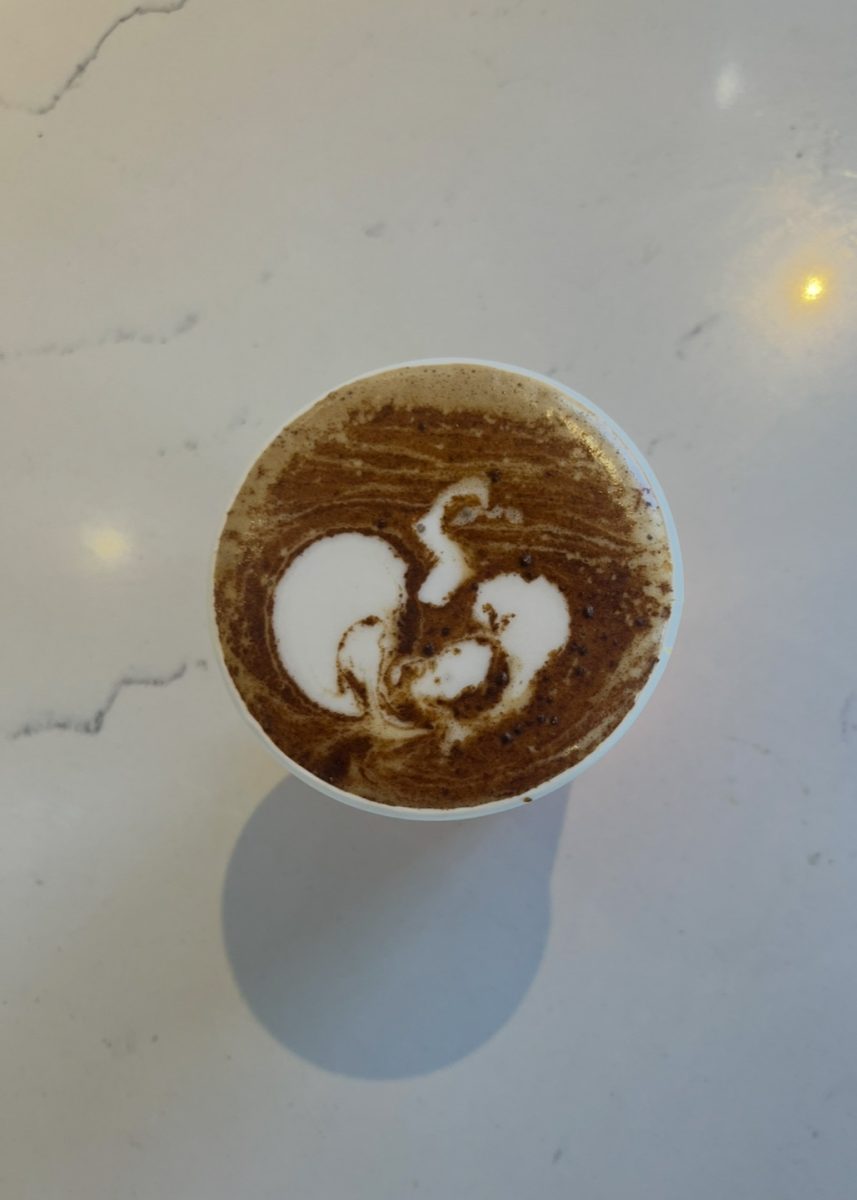
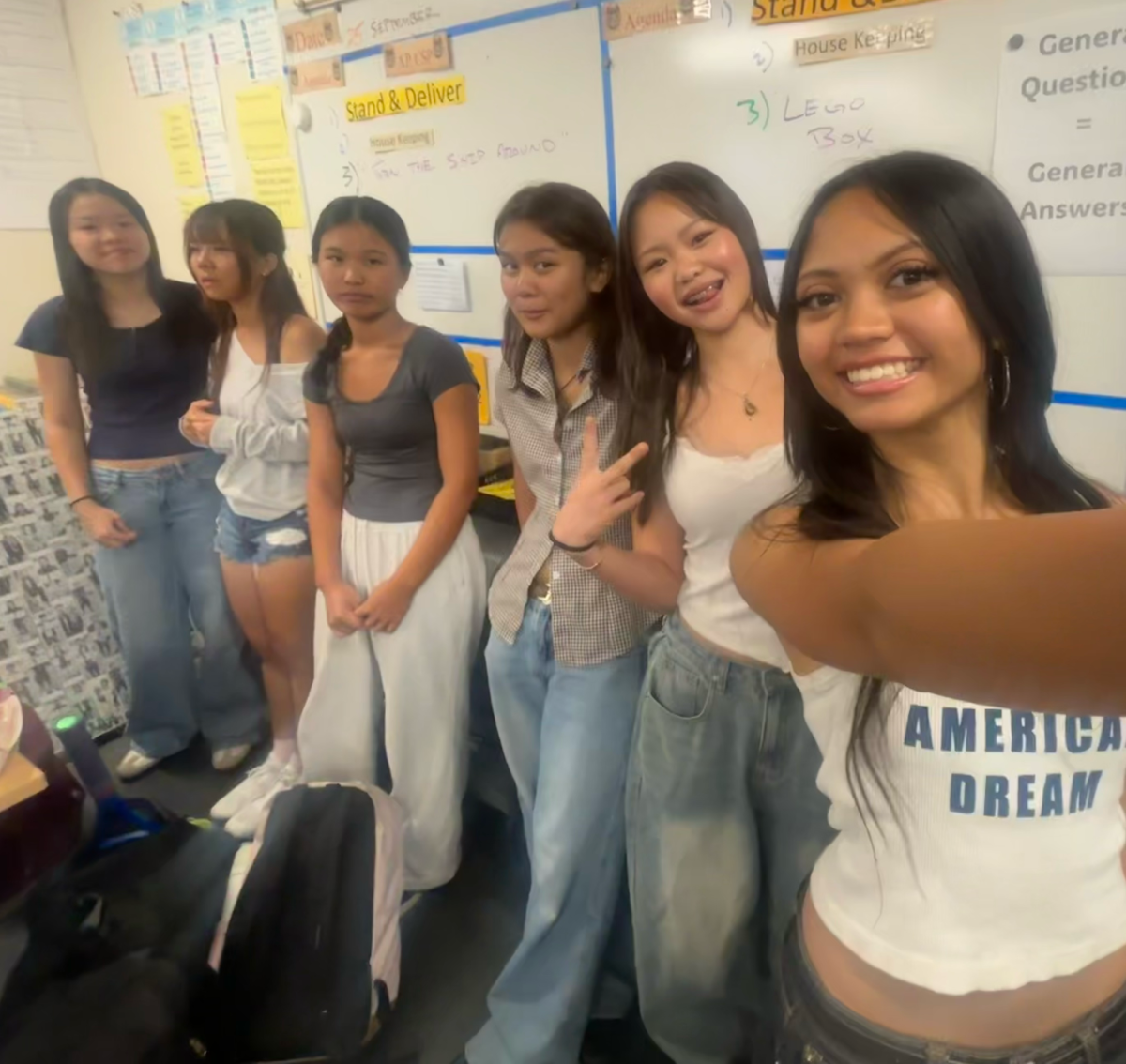



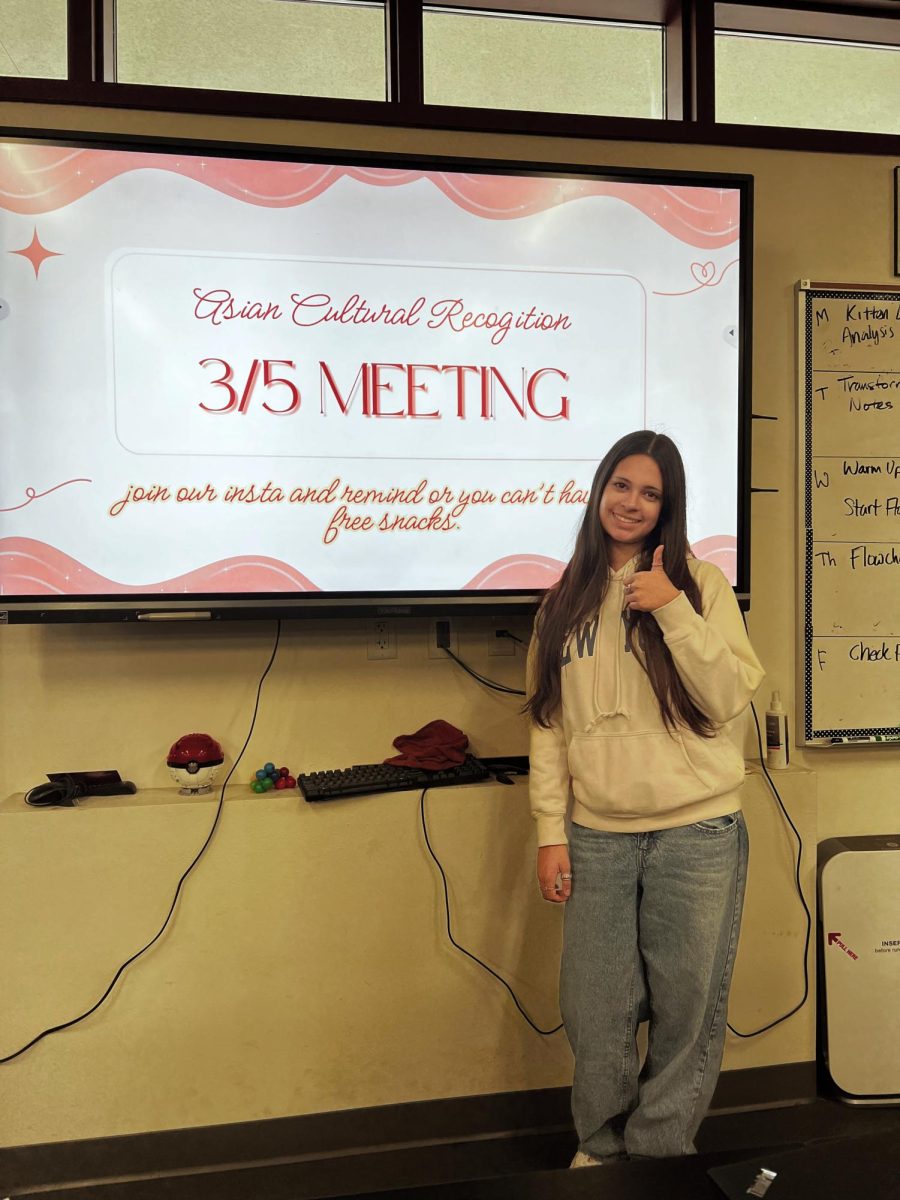



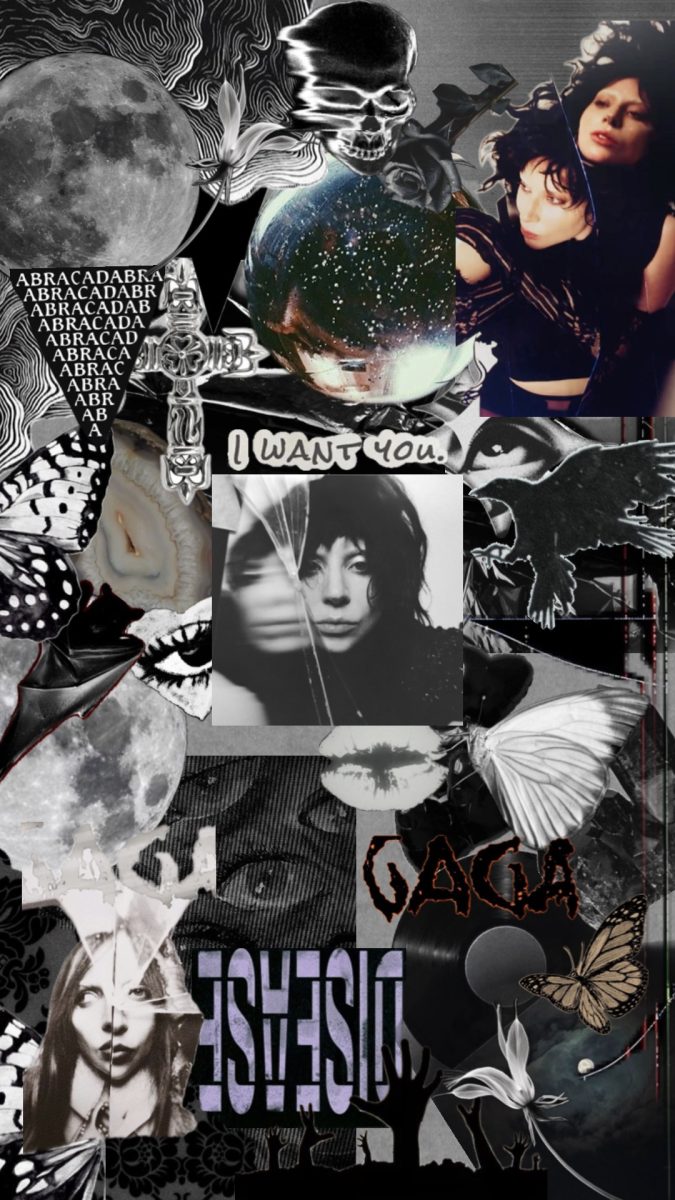
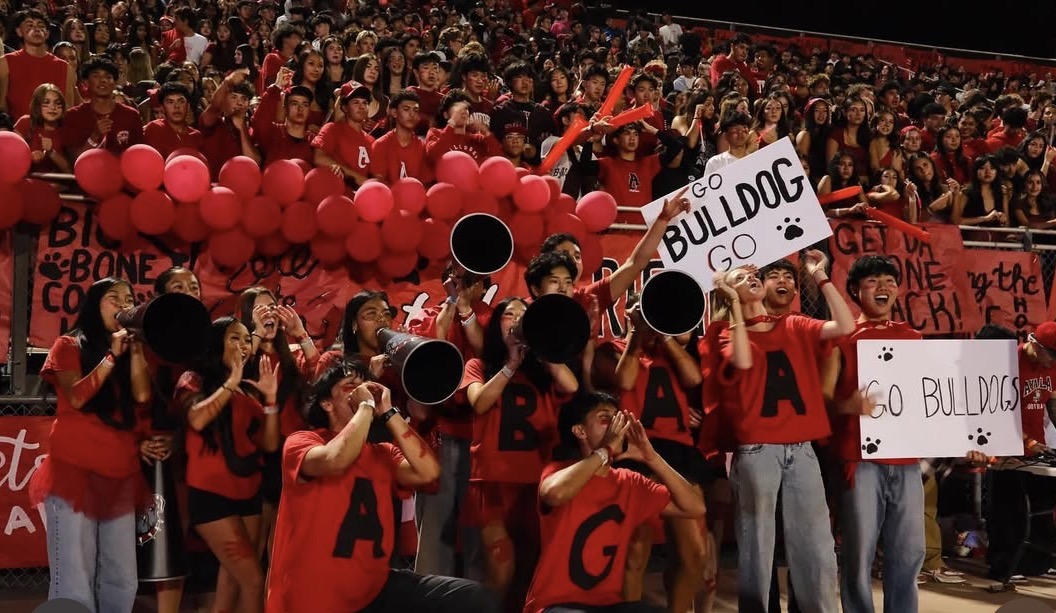

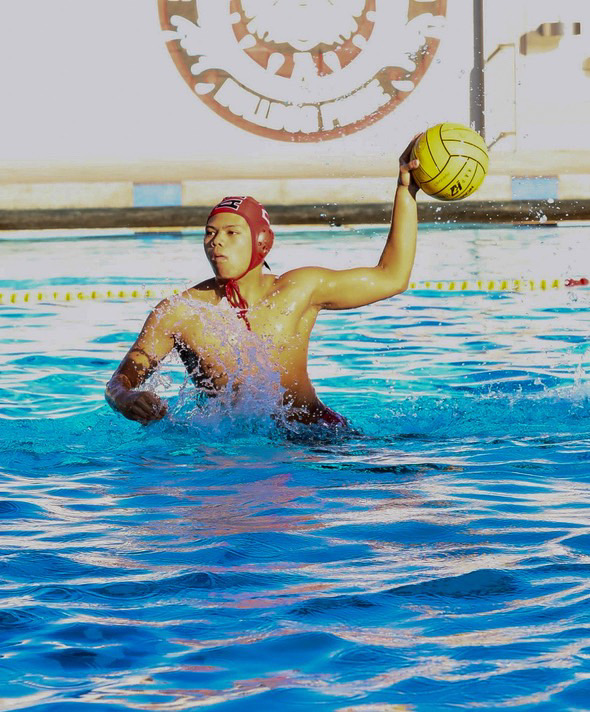


![“I'd say [this season was] successful because I didn't really think I was going to really play much because I'm a freshman. But my coaches took the time and believed in me,” Jonah Boyd (9) said. As a freshman, Boyd has already achieved great success during his first year on the boys Varsity baseball team.](https://ayalabulldogtimes.org/wp-content/uploads/2025/05/IMG_1598-1.jpeg)
